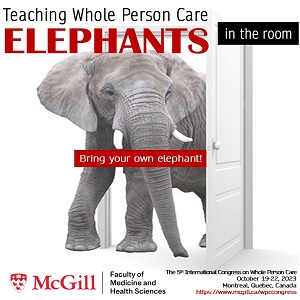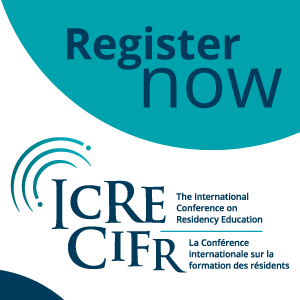Simulation-based multiple-choice test assessment of clinical competence for large groups of medical students: a comparison of auscultation sound identification either with or without clinical context
DOI:
https://doi.org/10.36834/cmej.36625Keywords:
simulation-based assessmentAbstract
Background: Although simulation-based teaching is popular, high-fidelity, high-cost approaches may be unsuitable or unavailable for use with large groups. We designed a multiple-choice test for large groups of medical students to explore a low-cost approach in assessing clinical competence. We tested two different scenarios in assessing student’s ability to identify heart and lung sounds: by hearing the sounds alone, or in an enhanced scenario where sounds are incorporated into clinical vignettes to give clinical context.
Method: The two-section test consists of multiple-choice questions with one best answer. In the first section, the student must identify 25 auscultation sounds from amongst a choice of 14 heart sounds and 11 lung-sounds. The second section integrates these same sounds into clinical vignettes to provide clinical context. Students must either identify the illness or the next clinical step, choosing from four possible answers. Performances of 859 students were evaluated.
Results: The alpha coefficient of reliability is 0.54 and 0.76 respectively for the first and the second section. In the latter section there is significant difference between scores of first, second, fourth year students and residents, in contrast to the first-section scores.
Conclusions: A multiple-choice test to assess clinical competence based on simulated auscultation sounds incorporated into clinical vignettes allows us to differentiate between training levels and seems to be a valid assessment method suitable for large-group format.
Metrics
Downloads
Published
How to Cite
Issue
Section
License
Submission of an original manuscript to the Canadian Medical Education Journal will be taken to mean that it represents original work not previously published, that it is not being considered elsewhere for publication. If accepted for publication, it will be published online and it will not be published elsewhere in the same form, for commercial purposes, in any language, without the consent of the publisher.
Authors who publish in the Canadian Medical Education Journal agree to release their articles under the Creative Commons Attribution-Noncommercial-No Derivative Works 4.0 Canada Licence. This licence allows anyone to copy and distribute the article for non-commercial purposes provided that appropriate attribution is given. For details of the rights an author grants users of their work, please see the licence summary and the full licence.











